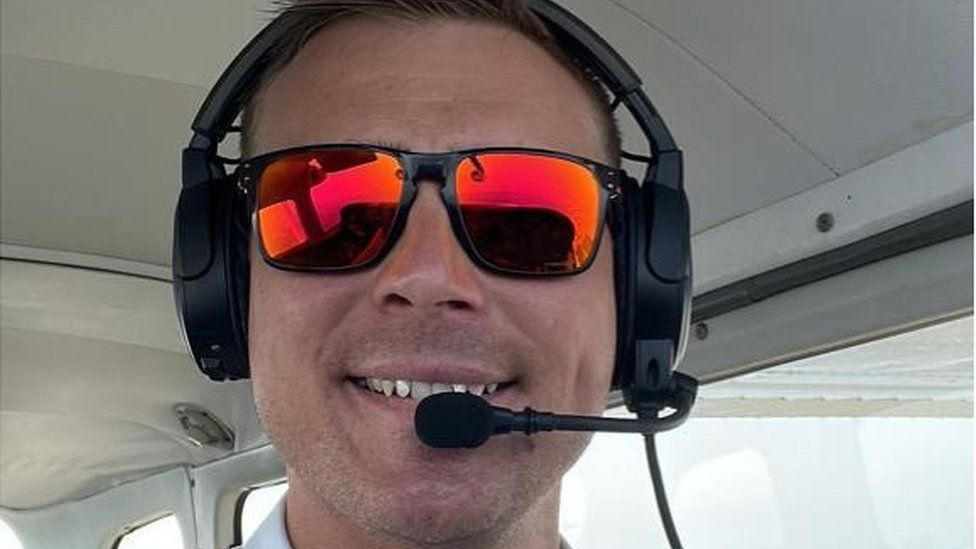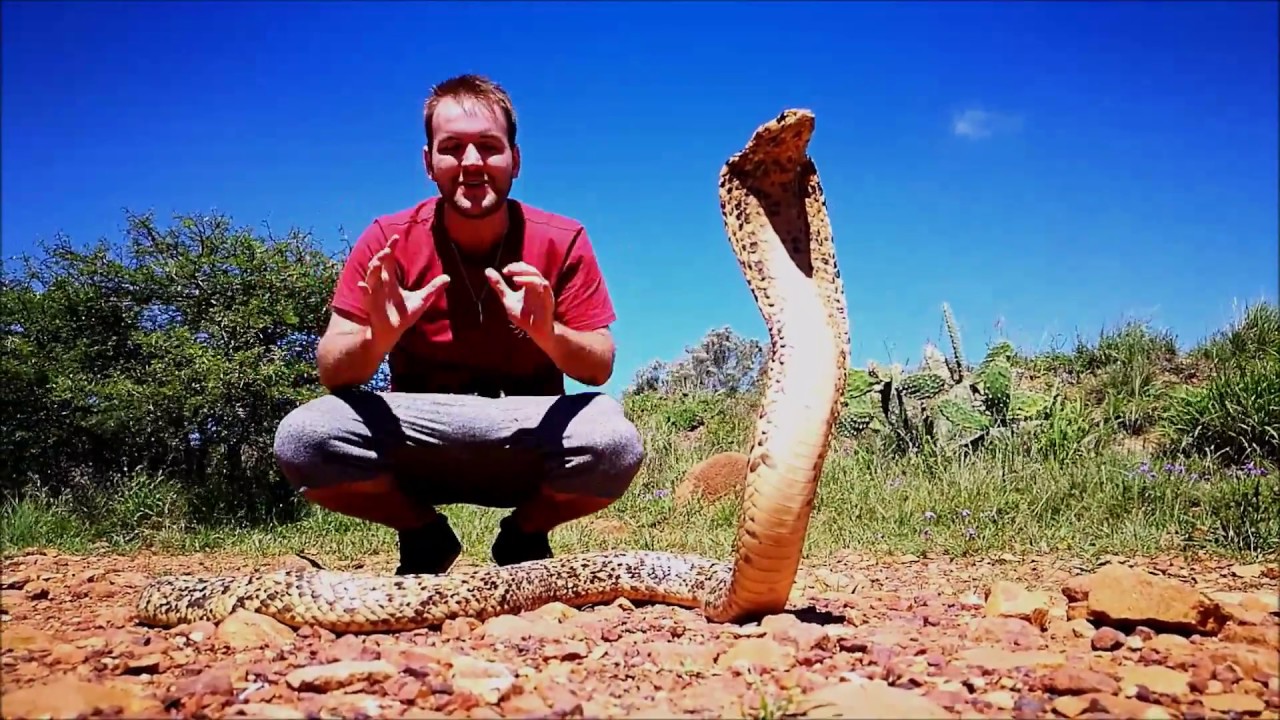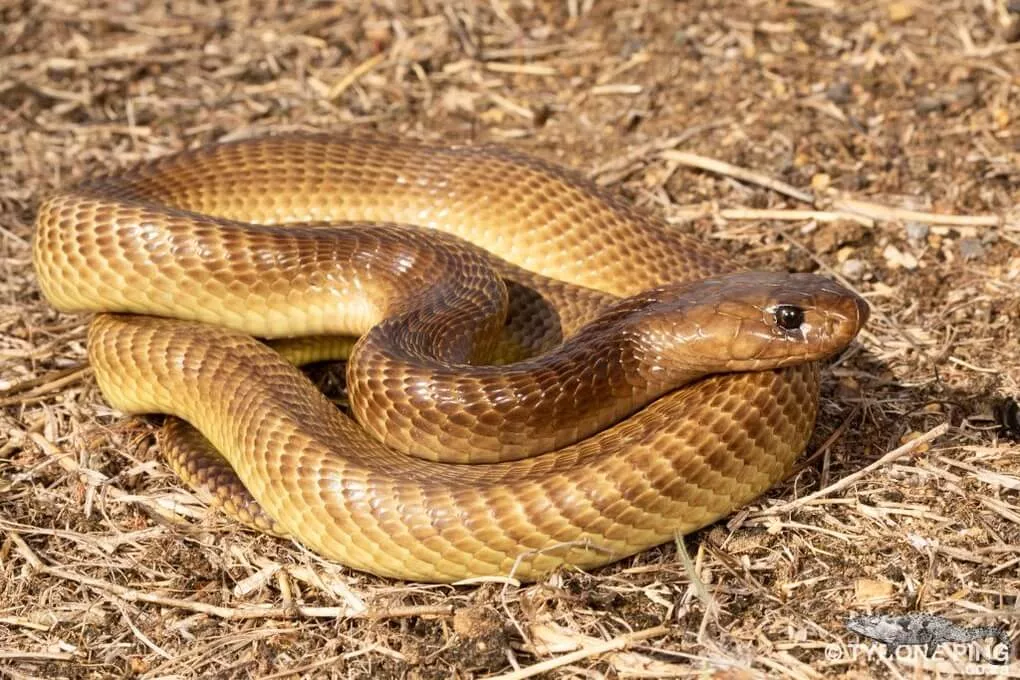A Deadly Cobra In South African Plane's Cockpit Causes Emergency Landing
Deadly cobra in South African plane's cockpit causes emergency landing. Have you ever boarded a plane and worried about unexpected passengers? Well, for a group of passengers and crew on a recent private flight in South Africa, that fear became a reality when a deadly Cape Cobra was discovered slithering in the cockpit.
Author:Professor JhizReviewer:Scarlet SunsetApr 07, 20236.2K Shares224.4K Views

Deadly cobra in South African plane's cockpit causes emergency landing. Have you ever boarded a plane and worried about unexpected passengers? Well, for a group of passengers and crew on a recent private flight in South Africa, that fear became a reality when a deadly Cape Cobra was discovered slithering in the cockpit.
Despite the potentially catastrophic situation, pilot Rudolph Erasmus managed to land the plane safely and prevent any harm to those on board.
South African Pilot Makes Emergency Landing After Discovering Cobra In Cockpit
South African pilot Rudolph Erasmus had quite the surprise when he discovered an unwanted passenger on his private plane during a routine flight from Bloemfontein to Pretoria. At 11,000 feet in the air, Erasmus noticed a cool sensation on his back that he thought was water dripping down his shirt. Upon investigating, he discovered a cobra slithering under his seat.
"To be truly honest, it's as if my brain did not register what was going on," Erasmus told the BBC. "It was a moment of [...] awe."
With a bite from a Cape cobra being lethal and capable of killing someone in just 30 minutes, Erasmus knew he needed to act quickly. He made an emergency landing in the city of Welkom, informing his four passengers of the situation to avoid panic.
"I did inform the passengers: 'Listen the snake is inside the aircraft, it's underneath my seat, so let's try and get down to the ground as soon as we can,'" Erasmus said.
The presence of the snake on the plane was not entirely surprising, as two people working at the Worcester flying club where the plane first took off had previously spotted a reptile taking refuge under the aircraft. They attempted to remove it but were unsuccessful.
Erasmus has been hailed as a hero for his quick thinking and calm demeanor during the ordeal. However, he insists that his passengers played a crucial role in keeping the situation under control.
"I think that's a bit blown up if I can be direct," he said. "It's also my passengers that remained calm as well."
The slithering passenger is still missing, as engineers who stripped the plane have yet to find it. Meanwhile, Erasmus is just happy that everyone on board made it down safely.
"It's good to be alive," he said.
Cape Cobra - One Of The Deadliest Snakes In South Africa
The Cape Cobra, also known as the yellow cobra or the cape cobra, is a highly venomous snake found throughout southern Africa. It is considered one of the most dangerous snakes in South Africa due to the toxicity of its venom and its frequent interactions with humans.
The Cape Cobra can grow up to 2.2 meters in length and has distinctive yellow or light brown scales with a darker stripe down its back. Its venom is a potent neurotoxin that attacks the nervous system, causing paralysis and respiratory failure.
Despite its reputation as a deadly predator, the Cape Cobra is actually quite shy and will typically avoid human contact if possible. However, it may become aggressive if it feels threatened or cornered. Its preferred habitats include rocky outcroppings, shrublands, and savannas.
When hunting, the Cape Cobra uses its keen sense of smell and excellent eyesight to locate prey, which typically includes small mammals, birds, and reptiles. It will strike with lightning speed, injecting venom into its prey and then waiting for it to die before consuming it whole.
In the event of a bite, immediate medical attention is essential. Symptoms of a Cape Cobra bite may include pain and swelling at the bite site, as well as difficulty breathing, paralysis, and convulsions. Without proper treatment, a bite from a Cape Cobra can be fatal.
Despite its deadly nature, the Cape Cobra is an important part of the ecosystem in southern Africa. It helps to control rodent populations and plays a key role in the food chain. However, it is important for humans to exercise caution when in its presence, as its venom can be lethal.

Herp Files: Cape Cobra
Cape Cobra In South African Culture
The Cape Cobra, also known as the yellow cobra or the cape cobra, has long been a part of South African culture and mythology. In many indigenous African communities, the snake is believed to have supernatural powers and is often associated with both good and evil.
One of the most well-known legends surrounding the Cape Cobra is that of the "rain snake." According to this legend, the snake has the power to bring rain to the parched African landscape. During times of drought, communities would perform rituals and sacrifices to appease the rain snake and ask for its help in bringing rain.
The Cape Cobra also plays a significant role in traditional healing practices. In some communities, the venom of the snake is believed to have medicinal properties and is used to treat a variety of ailments, including arthritis, headaches, and even impotence.
However, the snake is also associated with danger and death. Its highly toxic venom has earned it a fearsome reputation, and it is often viewed as a symbol of malevolent power. In some cultures, the Cape Cobra is believed to be a harbinger of doom and is associated with witchcraft and evil spirits.
Despite its complex role in South African culture, the Cape Cobra remains an important and respected part of the ecosystem in southern Africa. While it is important to exercise caution when in the presence of the snake, it is also important to recognize and appreciate its place in the natural world and the cultural heritage of the region.
People Also Ask
Has A Similar Incident Involving A Snake On A Plane Ever Happened Before?
Yes, there have been a few instances of snakes being found on planes. In 2012, a snake was discovered on an AeroMexico flight from Torreon to Mexico City, causing the plane to make an emergency landing. In 2016, a snake was found on a Qantas flight from Cairns to Port Moresby, causing a bit of a stir among passengers.
Are There Any Measures In Place To Detect And Remove Potential Wildlife Threats From Planes Before Takeoff?
Yes, airports and airlines take several measures to prevent wildlife from entering planes. One such measure is using bird and wildlife detection radar, which can detect wildlife within a certain distance of the plane. Additionally, airports often have trained dogs that can sniff out wildlife, and ground crews will often perform visual inspections of the planes prior to takeoff.
What Is The Likelihood Of Encountering Snakes On A Plane?
The likelihood of encountering snakes on a plane is relatively low, but it can happen. Snakes can enter planes through cargo holds or even through open doors or windows, so it's important for airports and airlines to take precautions to prevent these types of incidents.
What Precautions Can Airlines Take To Prevent Incidents Like This In The Future?
To prevent incidents like this in the future, airlines can take several precautions. For example, airlines can perform visual inspections of planes prior to takeoff, use bird and wildlife detection radar, and train ground crews to be on the lookout for potential wildlife threats. Additionally, airlines can educate passengers on how to properly store their belongings to prevent wildlife from hiding in luggage or other items brought on board.
Conclusion
In conclusion, the incident where a deadly cobra in South African plane's cockpit causes emergency landing has raised concerns about wildlife threats to aircraft. Although rare, encounters with animals in flight can pose serious safety risks to passengers and crew.
While there are measures in place to detect and remove potential wildlife threats, incidents like this serve as a reminder of the importance of taking precautions to prevent such occurrences. The quick thinking and calm actions of the pilot, Rudolph Erasmus, in this particular incident have been praised for ensuring the safety of all on board.

Professor Jhiz
Author
Professor Jhiz brings fun to teaching anatomy. Born in China, she shares her fascination for how the body works.
Students say her lectures are lively with jokes and stories. She draws cartoon diagrams that highlight structures creatively.
Professor seeks to inspire curiosity and joy in anatomy. She treats each class like a show using props and costumes.
When not teaching, Jhiz enjoys karaoke and novelty socks. Her goal is passing on a spirit of wonder to students.

Scarlet Sunset
Reviewer
Scarlet Sunset is a captivating and confident transgender individual who radiates sensuality and embraces her unique beauty. With a radiant smile and a touch of red lipstick, she captivates hearts by the poolside as the sun dips below the horizon, casting a warm glow on her unforgettable presence.
Despite societal norms and expectations, Scarlet celebrates her body, proudly defying conventional standards of beauty. Her curves tell a story of self-acceptance and empowerment, challenging stereotypes and inspiring others to embrace their own bodies without reservation.
Latest Articles
Popular Articles
